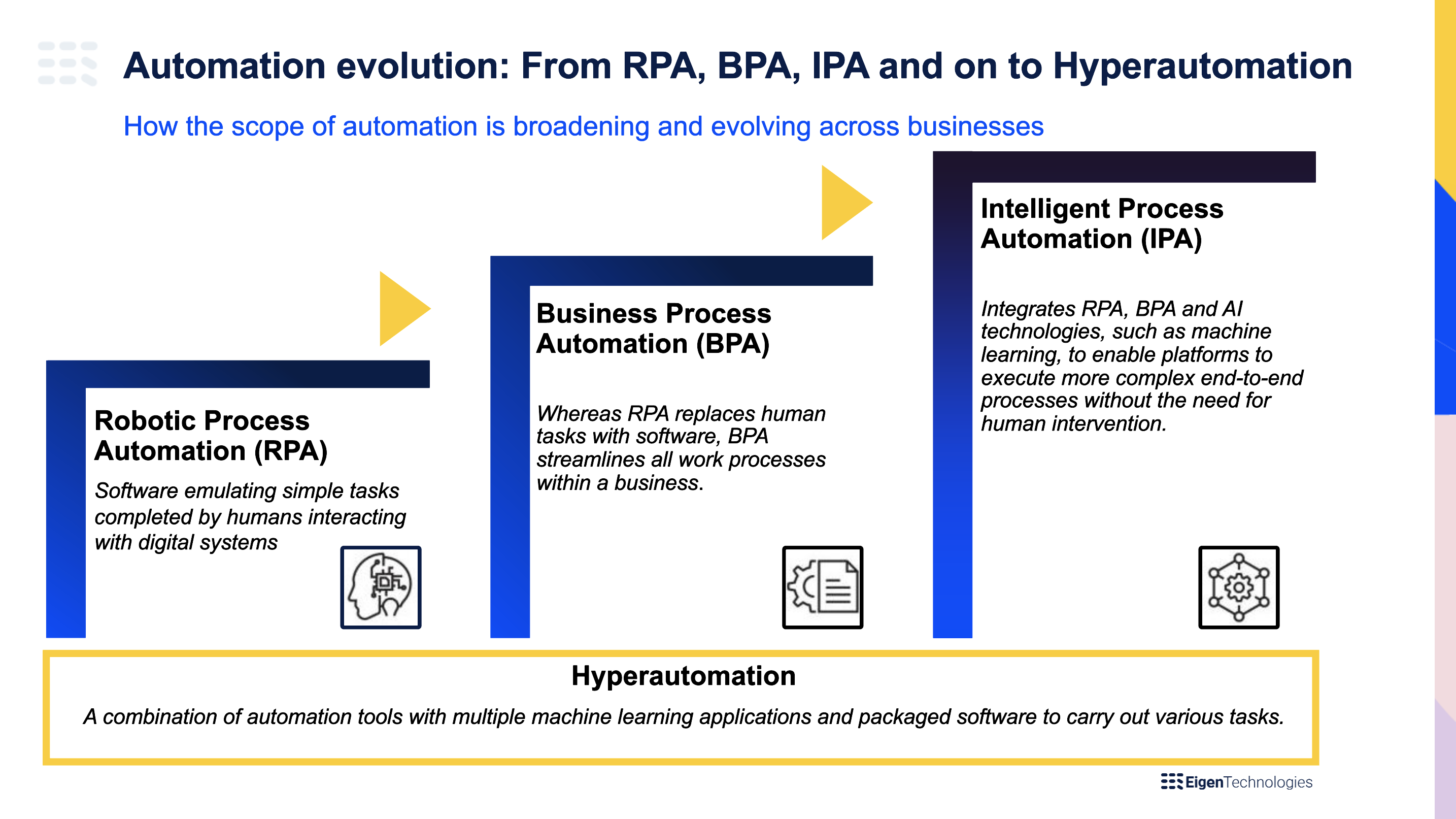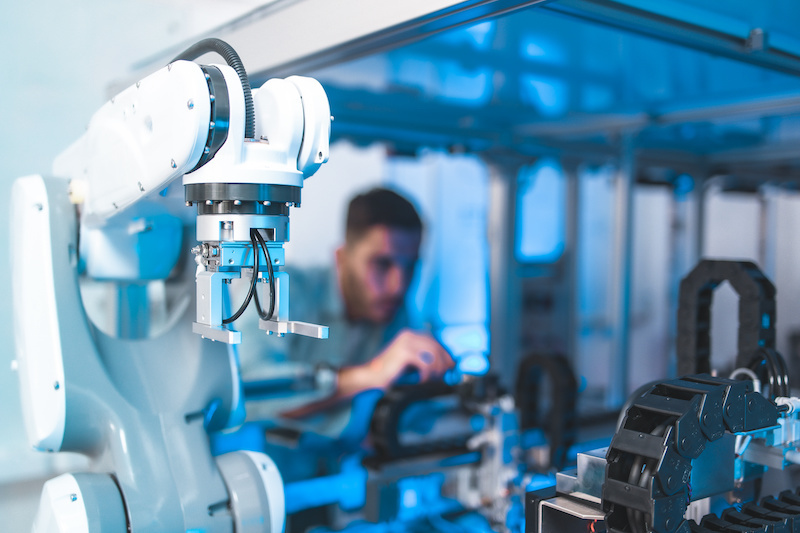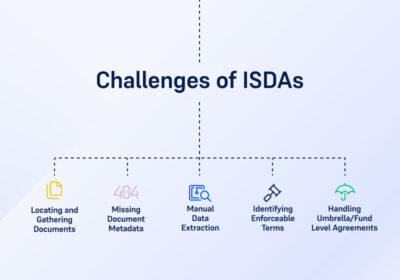The automation evolution from robotic process automation and business process automation to hyperautomation
Many organizational functions benefit from Robotic Process Automation (RPA) and Business Process Automation (BPA) tools, which greatly accelerate the completion of individual tasks and workflows and remove the need for human effort. While they undoubtedly drive efficiencies in the organizations that leverage them, these solutions still have their limitations. They can prove difficult to maintain and burdensome to scale across teams. Intelligent process automation (IPA), also known as intelligent automation or cognitive automation, is the combination of RPA, BPA and other technologies to deliver smart integrated solutions that help organizations drive efficiencies throughout the enterprise. But now there’s a new kid in automation town: say hello to Hyperautomation.
What exactly is hyperautomation?
Hyperautomation is the holy grail of automation where maximum ROI is achieved throughout the organization with minimal human effort by relying upon more advanced technologies. Hyperautomation takes intelligent automation to the next level to break down silos that exist between systems and functions. It orchestrates the use of multiple technologies, tools and platforms in an integrated way. “Gartner estimates that more than 56% of organizations have an average of four or more concurrent hyperautomation initiatives underway, and leading companies have over 10”, according to their recent Strategic Technology Trends for 2022. By combining automation efforts and connecting solutions, businesses can achieve straight-through end-to-end processing that delivers benefits for them, their stakeholders and their customers. Rather than improve one or two stages of the workflow and customer journey, the entire process becomes efficient with a faster and less error-prone time-to-decision, transaction completion and issue resolution which is good news for all concerned. This can become game changing to the ways that lending decisions, mortgage applications and insurance claims are processed, much to the delight of these organizations’ customers.
Robotic Process Automation as a First Step
Robotic Process Automation (RPA) automates routine tasks, often working from a rules-based script or sometimes powered by AI to create a ‘bot’ that helps with a specific task. Examples of RPA include chatbots and KYC checking tools. RPA is a great way to get started with automation if you have a specific task or challenge in mind, making it a relatively straightforward, low-risk business decision. As the technology begins to show returns, leaders often want to scale it to other areas to realize more value. However, this requires renewed effort each time, as each ’bot’ is built for its respective use case. Intelligent automation solutions like the Eigen platform can integrate with and support RPA by extracting, processing and transporting data seamlessly between it and other systems.
Benefits are Multiplied with Business Process Automation
Business Process Automation (BPA) takes RPA a step further, linking together multi-step back-office tasks and using technology to automate them, ultimately streamlining workflows. A key point of differentiation between BPA and RPA is BPA’s ability to integrate with existing systems and processes. Examples of BPA include employee management solutions and financial planning tools. Often working across multiple systems to automate complex functions, BPA can help employees across multiple teams bring more value to the business by affording them more time to focus on higher value tasks.
Yet, any automation technology, including BPA, requires maintenance. In removing repetitive tasks from one team, another can become burdened with the upkeep of the technology itself: namely, the IT team. Savvy leaders know that great IT and engineering teams can offer exponentially more value than the ongoing upkeep of RPA and BPA processes.
Pioneering Automation with Intelligent Process Automation
Intelligent Process Automation (IPA) takes tools like RPA and BPA to the next level of effectiveness by tying them together and all-importantly empowering multiple users with the data that these solutions create and/or manage. IPA speeds up processing power when it comes to data extraction, information and document processing, and analysis, offering tremendous advantages including increased processing capacity and often, greater revenue as a result. Examples of IPA include loan life cycle management and insurance policy management. IPA enables the straight-through processing (STP) of data between systems allowing businesses to interconnect workflows, resulting in company-wide advantages for all employees. The Eigen intelligent process automation platform can be used to power straight-through processing so businesses can connect multiple workflows and teams, offering a glimpse at the future state of business technology.

Hyperautomation, the Future State of Innovation
Hyperautomation isn’t just hyperbole and management speak, it’s an approach to maximizing the potential of automation across your organization. The time savings achieved with automation solutions like RPA, BPA and IPA are lucrative, yet the benefits are often siloed and hard to scale. Hyperautomation is all about taking a holistic view to automation projects and defining not just the best tool for the task or process in hand but also how best to join those efforts together to benefit the organization as a whole. It’s a philosophy that can reap huge benefits for organizations by combining automation solutions with AI, machine learning, natural language processing to unlock use cases previously deemed too difficult for RPA and BPA alone.
It’s clear that artificial intelligence and other ‘hyperautomation’ technology solutions are the future of business, but the secret is out and the playing field is becoming more level. A solution like the Eigen platform can help organizations connect data from their RPA and BPA tools with other systems and users to multiply the benefits. Now is the time to start thinking, if you haven’t already, about how integrated automation solutions can have a positive impact on your business moving forward.
Learn how the Eigen intelligent automation platform can be applied to a broad spectrum of use cases by visiting our Solutions page or request a platform demo to see for yourself.

-
World Economic forum 2020
-
Gartner Cool Vendor 2020
-
AI 100 2021
-
Lazard T100
-
FT Intelligent Business 2019
-
FT Intelligent Business 2020
-
CogX Awards 2019
-
CogX Awards 2021
-
Ai BreakThrough Award 2022
-
CogX Awards Best AI Product in Insurance
-
FStech 2023 awards shortlisted
-
ISO27001
-
ISO22301
-
ISO27701
-
ISO27017
-
ISO27018


















